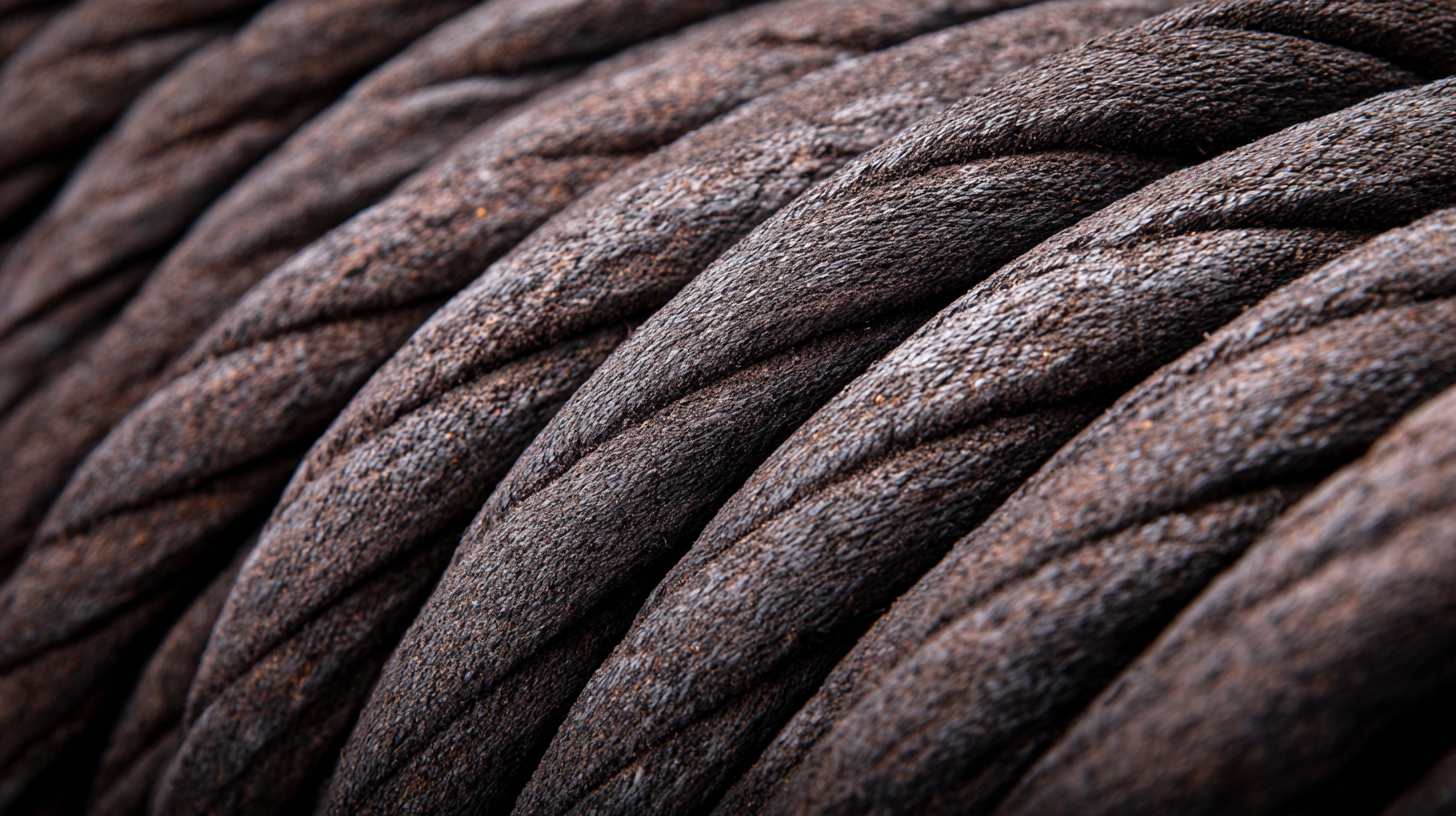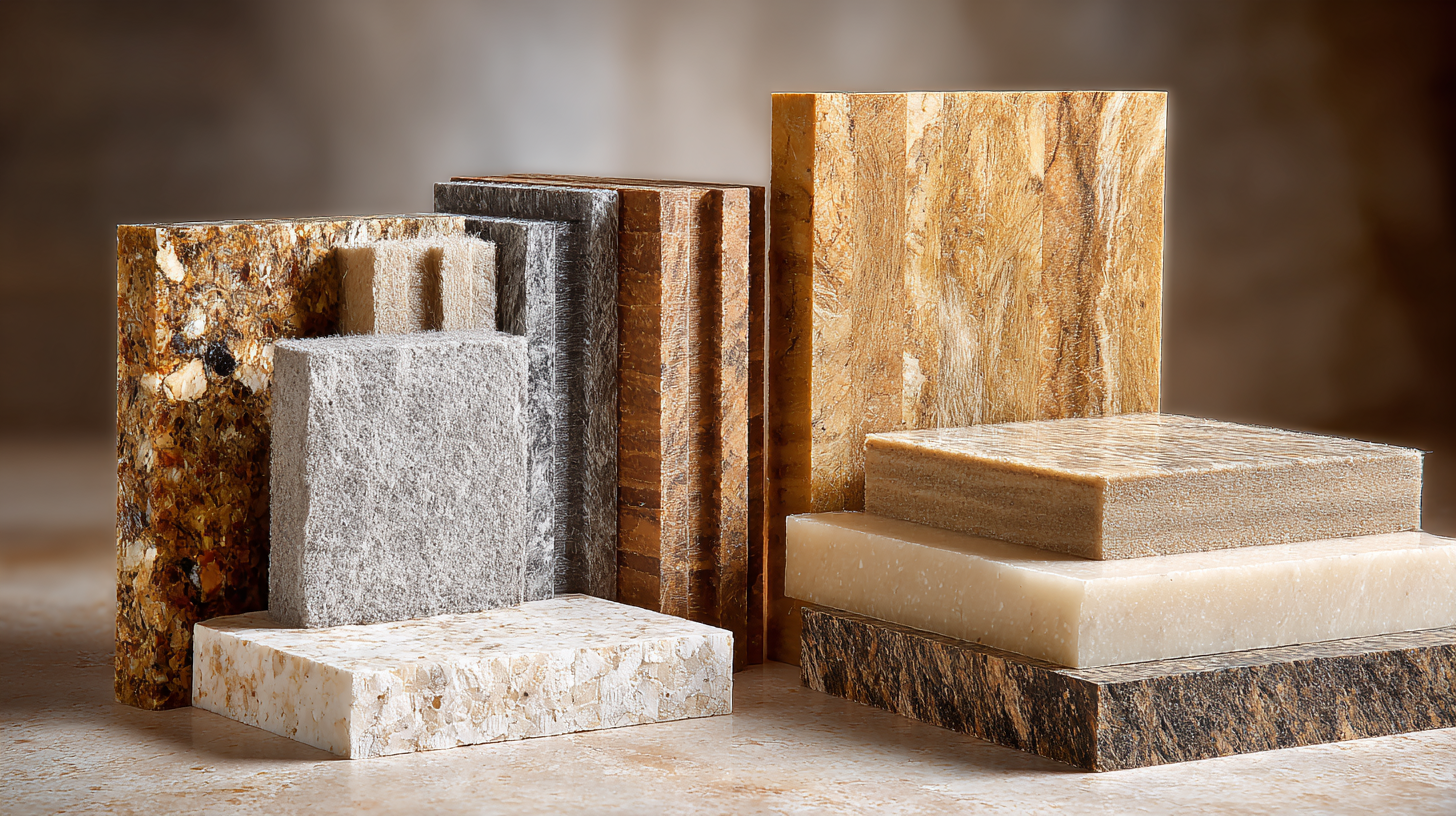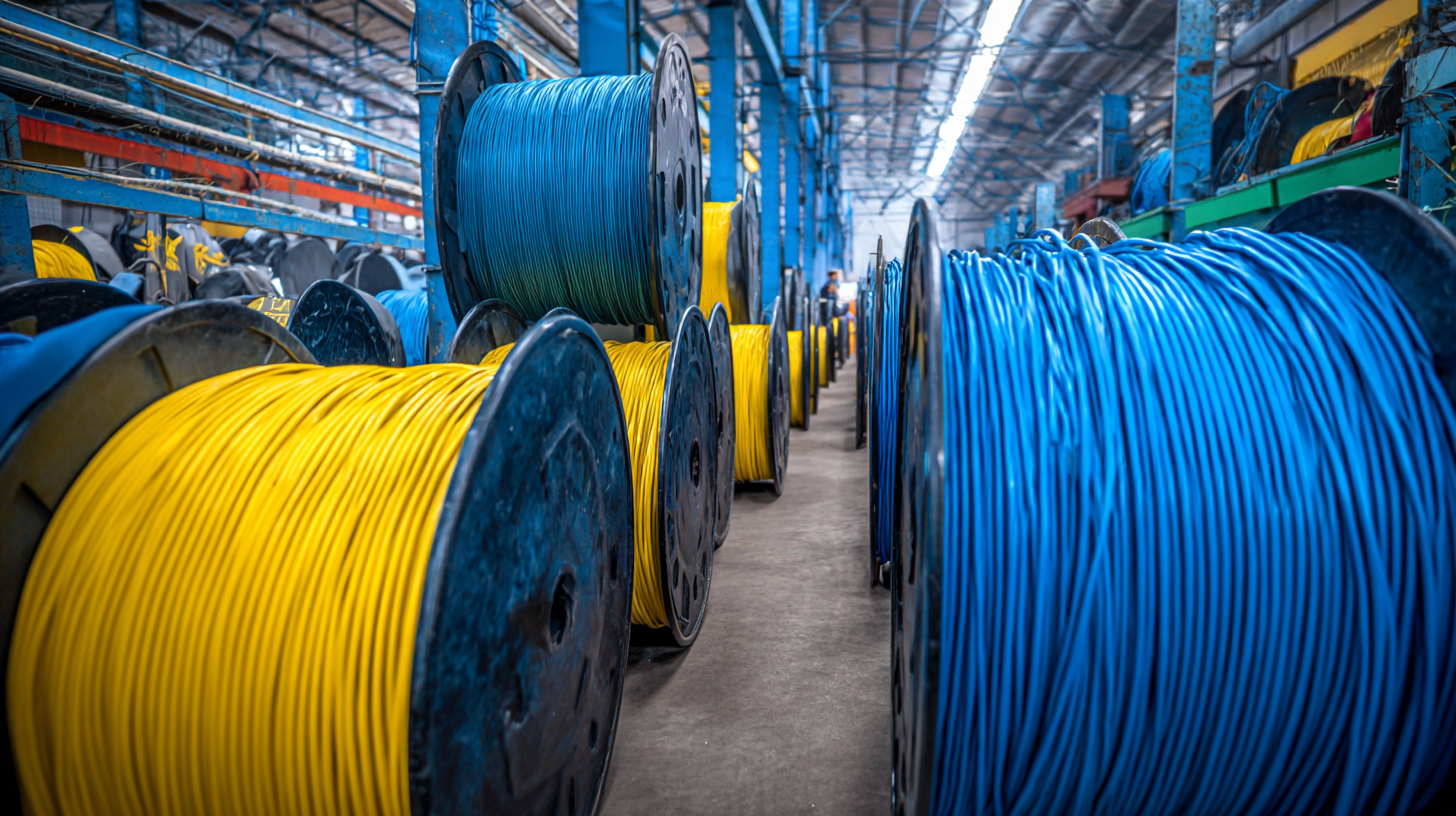
Discover the Unique Features and Applications of Best Fiber PP Products: A Comprehensive Guide
In today's fast-paced world, the demand for innovative and versatile materials has never been greater, and Fiber PP (Polypropylene) products stand out as a remarkable solution. This comprehensive guide aims to delve into the unique features and diverse applications of the best Fiber PP products available in the market.
 With their impressive strength, durability, and lightweight properties, Fiber PP materials have become increasingly popular across various industries, from packaging to automotive manufacturing. Not only do these products contribute to enhanced efficiency and performance, but they also offer sustainability benefits by reducing environmental impact. Join us as we explore the fascinating world of Fiber PP, highlighting its key characteristics, uses, and the reasons behind its growing popularity in modern applications.
With their impressive strength, durability, and lightweight properties, Fiber PP materials have become increasingly popular across various industries, from packaging to automotive manufacturing. Not only do these products contribute to enhanced efficiency and performance, but they also offer sustainability benefits by reducing environmental impact. Join us as we explore the fascinating world of Fiber PP, highlighting its key characteristics, uses, and the reasons behind its growing popularity in modern applications.
Unique Properties of Fiber PP: Why It's a Game Changer in Various Industries
Fiber PP (Polypropylene) products are reshaping various industries, thanks to their unique properties that set them apart from traditional materials. With a tensile strength of around 37 MPa, Fiber PP is known for its remarkable durability, making it ideal for applications in automotive and construction sectors, where resistance to stress and wear is paramount. According to a report by Grand View Research, the global polypropylene market is anticipated to reach $150 billion by 2027, largely driven by the expanding demand for lightweight and high-strength materials.
One of the standout features of Fiber PP is its exceptional resistance to chemicals and moisture, which enhances its utility in the agricultural sector. For instance, Fiber PP is utilized in geotextiles and mulch films, promoting soil health while resisting degradation from harsh environmental conditions. The growing trend towards sustainable practices has led to an increased adoption of Fiber PP, which is recyclable and environmentally friendly. A report from Research and Markets indicated that the agricultural textiles market, including Fiber PP, is projected to grow at a CAGR of 6.3% from 2021 to 2026, underscoring its vital role in sustainable development.
Key Applications of Fiber PP Products Across Different Sectors
Fiber PP products, made from polypropylene, offer unique advantages across various sectors such as agriculture, construction, and packaging.
 In the agricultural sector, these products are commonly used for creating durable weed control fabrics, which help in promoting healthy plant growth while minimizing the use of pesticides.
Additionally, Fiber PP bags have become a staple for transporting grains and other agricultural produce, ensuring safety and quality during transit.
In the agricultural sector, these products are commonly used for creating durable weed control fabrics, which help in promoting healthy plant growth while minimizing the use of pesticides.
Additionally, Fiber PP bags have become a staple for transporting grains and other agricultural produce, ensuring safety and quality during transit.
In construction, Fiber PP is employed in geotextiles for soil stabilization and erosion control. These textiles provide essential support to structures while offering permeability for water drainage, making them vital for maintaining the integrity of roads and landscapes. When considering investment in Fiber PP products, it's wise to analyze specific project requirements to match the appropriate product to the task.
Tips: Always source Fiber PP products from reputable suppliers to ensure quality and compliance with industry standards. Additionally, explore custom options for specific applications to maximize effectiveness and cost-efficiency in your projects.
Comparative Analysis: Fiber PP vs. Other Materials in Durability and Performance
When analyzing the durability and performance of Fiber PP products compared to other materials, it is crucial to recognize the unique advantages offered by Fiber PP. The comparative studies emphasize that Fiber PP exhibits superior mechanical properties, making it suitable for a range of demanding applications including construction and medical imaging. Recent research highlights the applications of photonic crystal fiber (PCF) in enhancing medical imaging quality, where durability and performance are paramount. This positions Fiber PP as a compelling alternative, given its resistance to environmental stressors and its lightweight characteristics.

Tips: When selecting materials for your projects, consider not just the initial cost, but also the long-term benefits such as durability and maintenance. Investing in high-performance materials like Fiber PP can lead to significant cost savings over time.
Furthermore, comparing Fiber PP to other synthetic fibers shows that Fiber PP’s unique structure allows for superior thermal and mechanical performance, especially in concrete applications. Studies have demonstrated that mixing conventional concrete with fiber reinforcements can enhance its overall properties, making it more resilient under various conditions. As sustainability becomes a focal point in construction, embracing innovative materials like Fiber PP could lead the industry towards greener practices.
Tips: Don't overlook the importance of compatibility between materials; ensure that your Fiber PP products align with your project goals for maximum efficiency and performance.
Top Strategies for Selecting the Right Fiber PP Products for Your Needs
When selecting the right Fiber PP products for your needs, it's essential to consider a few key strategies. First, evaluate the specific application of the products. Different Fiber PP types serve distinct purposes, whether in packaging, textiles, or automotive industries. Identifying your primary use case will help narrow down your options significantly.
Tips: Always check the product specifications such as tensile strength, UV resistance, and thermal stability. These attributes directly impact durability and performance in varying conditions. Additionally, sourcing products from reputable manufacturers can ensure consistent quality and a reliable supply chain for your business.
Another critical strategy is to assess the environmental impact of your Fiber PP choices. With a growing emphasis on sustainability, choosing recyclable or biodegradable options can not only meet regulatory standards but also contribute positively to your brand's reputation.
Tips: Look for certifications like ISO or environmental labels that indicate eco-friendliness. Engaging with suppliers who prioritize sustainable practices will also enhance your overall selection process.
Discover the Unique Features and Applications of Best Fiber PP Products
| Feature | Description | Applications | Benefits |
|---|---|---|---|
| Lightweight | PP fibers are significantly lighter than conventional materials. | Textiles, packaging. | Lower shipping costs and easier handling. |
| Durability | Resistant to wear, tear, and environmental conditions. | Outdoor furniture, geotextiles. | Longer lifespan and reduced replacement costs. |
| Chemical Resistance | Able to withstand exposure to various chemicals. | Agricultural applications, industrial uses. | Safety in harsh environments. |
| Moisture Resistance | Does not absorb water, reducing mildew risks. | Roofing, outdoor clothing. | Increased performance in wet conditions. |
| UV Resistance | Protects against degradation from sunlight exposure. | Shade structures, outdoor signage. | Preserves color and strength over time. |
Future Trends in Fiber PP Development and Their Implications for Business
The landscape of Fiber PP (Polypropylene) products is evolving rapidly, driven by advancements in technology and increasing demand for sustainable materials. As industries push for more eco-friendly solutions, the development of innovative Fiber PP products is set to soar. These materials not only offer excellent strength and durability but also present opportunities for reducing environmental impact. Manufacturers are exploring biocomposites and recycled fibers, aligning their production processes with circular economy principles, leading to a substantial shift in how businesses approach product design and manufacturing.
Looking ahead, the integration of smart technologies is poised to redefine Fiber PP applications across various sectors. The rise of Internet of Things (IoT) capabilities will enable real-time monitoring and tracking of Fiber PP products, enhancing efficiency and reducing waste.
Furthermore, the ongoing research into enhancing the properties of Fiber PP, such as increasing UV resistance and thermal stability, will open up new avenues for applications in automotive, construction, and textiles. Businesses that adapt to these trends will not only benefit from improved product performance but also meet the growing consumer demand for sustainable and high-quality materials, positioning themselves favorably in a competitive market.



